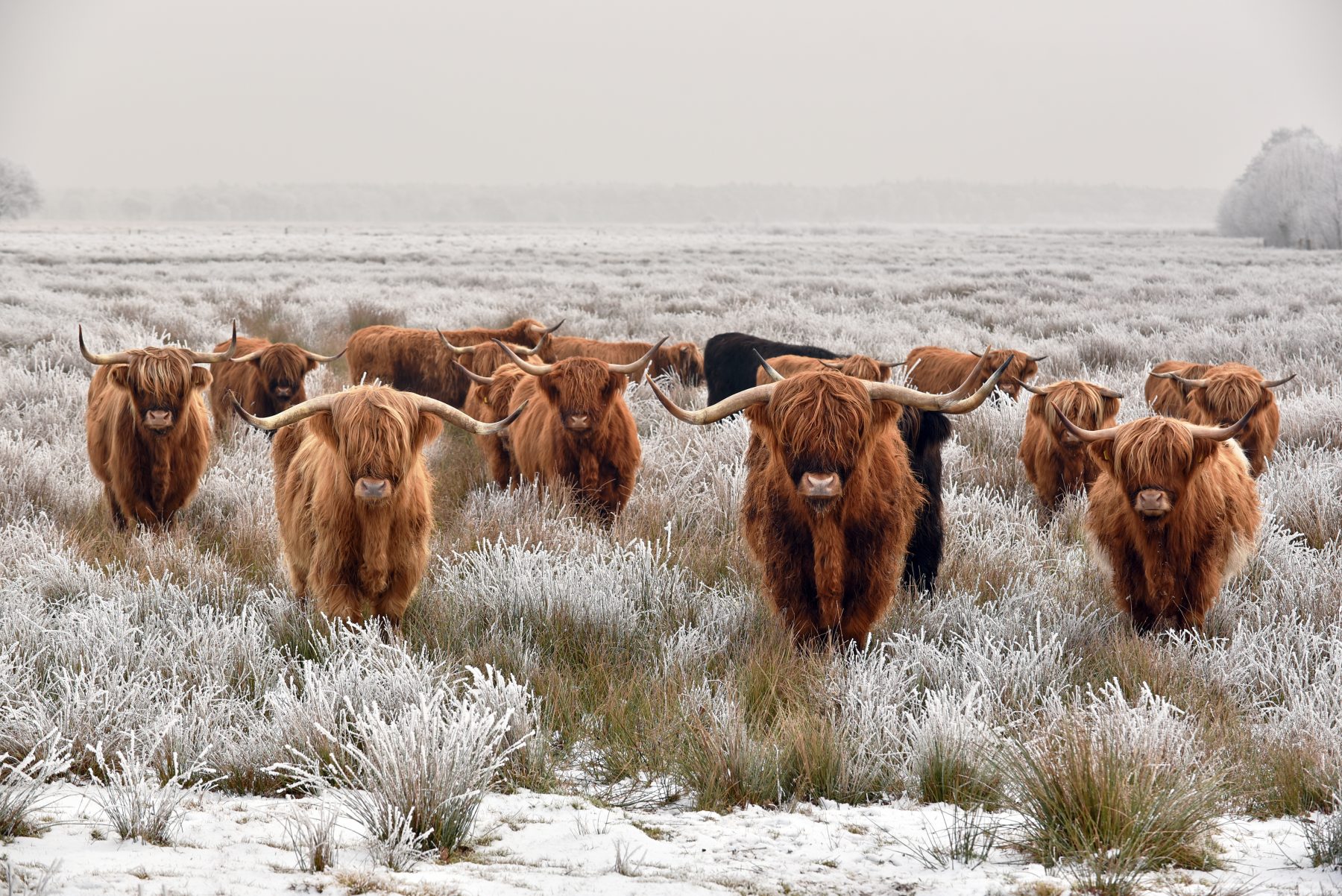As I spend more time using WILDnCAT – Real Wild Estates’ innovative proprietary tool used to model the financial opportunities of our client’s landscapes – an interesting question arises: Can nature restoration and natural capital replace BPS (Basic Payment Scheme)?
For those of you not directly involved in farming, BPS (Basic Payment Scheme) is a subsidy that farmers get paid for meeting a range of basic requirements, established under the EU Common Agricultural Policy. However, now the UK has left the EU, this scheme is being phased out by 2028. At its peak, lowland farmers received approximately £100/acre through this system.
The simple answer is yes – it can go a long, long way. I don’t mean stopping farming and turning all the farmland into unmanaged wilderness (as so many think we want to do) but instead, using natural capital as a meaningful, long-term diversification from conventional income streams and conventional actions. I know farmers are already doing many amazing new things on their farms, but if we consider natural capital, as a land use diversification tool, imagine what could be achieved.
The Nature Restoration Strategies that my colleagues envision are managed landscapes….this is not ‘Rewilding’ in the sense of putting up a fence and leaving alone for the next few generations – we are talking about species rich hay meadows, interspersed with scrubby grassland, transitioning into more developed woodlands or functioning wetlands, alongside meandering rivers, willow scrub, reedbeds and floodplain grassland. The key to these landscapes is predominantly grazing management, maybe not at densities currently seen, but still food-producing livestock, grazing the vegetation and interacting with the scrub and woodland in the same way historic wild animals did to create the varied ecosystems that allowed British wildlife to evolve centuries ago.
I’d like to demonstrate this by providing two real examples of schemes on typical mixed farms. In the South West, RWE are working with a 600-acre mixed farm, beef and arable. I have looked at just 150 acres of the farm, pulling together an ecological vision that would see wetlands, woodlands and scrubby grassland operating as a mosaic of habitats through the valley. The remaining 450 acres of the farm are not included in the vision and will remain as productive land. The net 30-year income from these 150 acres is an impressive £1.3 million over 30 years, which equates to £289 per acre per year – delivered from a combination of Woodland Carbon schemes and Biodiversity Net Gain. All but 50 acres of it will still need some naturalistic grazing, therefore still capable of producing food and fodder. Before the payment reductions began, the BPS for the entire farm amounted to £56k. With natural capital options, we expect to generate £44k, and DEFRA’s upcoming replacement scheme, the Sustainable Farming Incentive, will help cover the remaining shortfall.
Further east, an 850-acre farming business asked us to look at a 285-acre block of their farm. Once again, I sat with my WILDnCAT tool and Landapp and crunched some numbers, and once again I came up with a similar acreage income. This time with Countryside Stewardship added into the mix, alongside woodland and BNG. Once again, the bulk of the land in the project will still need grazing and/or mowing, and the remaining 565 acres of the farm will still be productively used. This project will generate £2.45 million, or £288 per acre per year, over 30 years. Historically the business was claiming £80k BPS before reductions started, and now WILDnCAT has shown that we can generate £83k per year through other natural capital schemes. Bingo – it works.
Two caveats worth noting: firstly, these two examples aren’t stacked with high potential earning schemes, like biodiversity net gain, they are a combination of short and long-term schemes, targeting the local priorities. The proposed BNG is proportional to the likely local need; woodland is targeted towards the highest priority areas, with a focus on natural regeneration, rather than rows of hideous plastic tubes across our green and pleasant countryside. Secondly, in both of the examples, the focus is marginal land, beset with less-than-ideal agricultural challenges and in most years, not profitable land, even with a subsidy payment.
I know this won’t work for everyone and we are aware that in a few areas clusters of farmers are pulling together fantastic landscape projects. Indeed, we work with a number of clusters – but imagine the potential if more farms and estates across the country took an honest look at the land they managed and had that real hard conversation about what else they could achieve with that same bit of marginal, challenging and hitherto ‘unproductive’ land.
Nature restored – and farming continued.
Tom Bridge, Head of Natural Capital.
Contact Tom Bridges on tom.bridge@realwildestates.com to get a quote and see just how you could make a nature friendly start.

Herd of Scottish Highland cattle in winter

